Since this is anyway the second article for today and one coming after going out into the space, no less, let us start with the side for once – aka the turbulence: this is yet another use of the perlin noise, in principle more specifically geared towards gases and other potential sky-textures. The naked effect tends to be quite strong – see the first two images below that adjust the considered pixel size (aka indirectly the number of iterations that apply the noise). Nevertheless, it can perhaps qualify as a different type than previous sets of textures, though to my eye it does tend in any case towards the effect obtained otherwise with several iterations of a multifractal. Comparing it with some of the original pictures and descriptions of this turbulence use that supposedly provides images of perfect-gas (to the extent of even perfect-steam!), I tend to think it takes quite the futzing and the precise fitting to some exact colour scheme to get it to really look like gas/steam. In any case, I could tame down the colours using my own colour mappings that are basically biased towards white (3rd image) and blue (4th image), respectively:
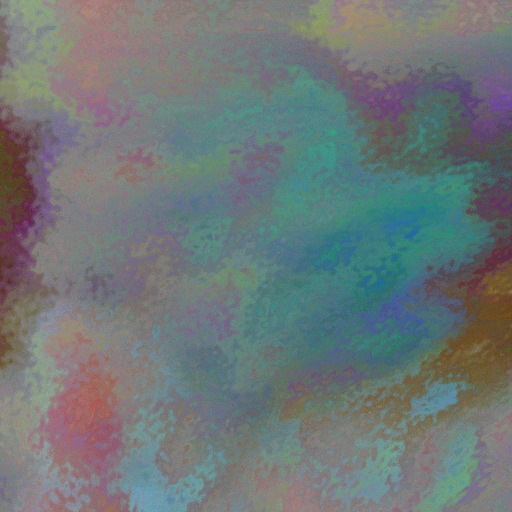
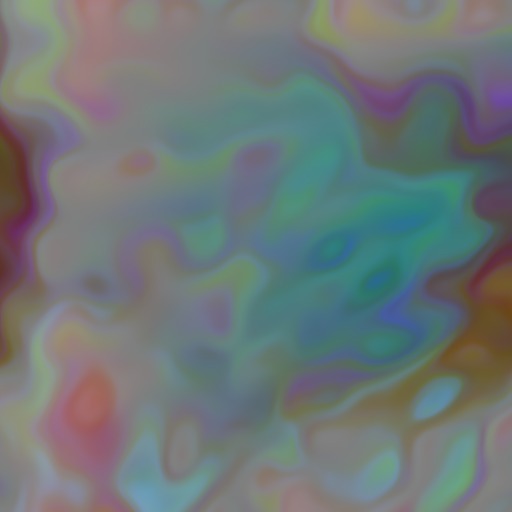
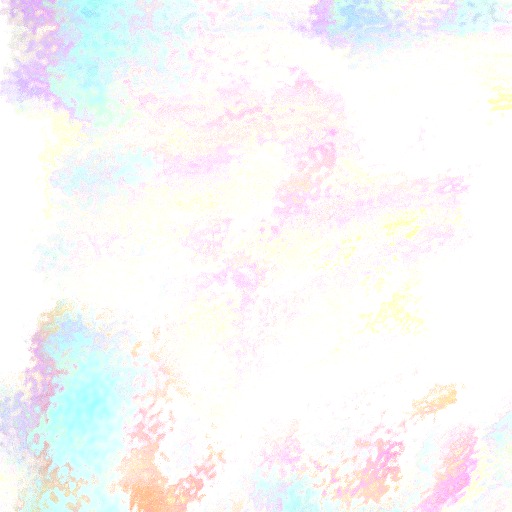
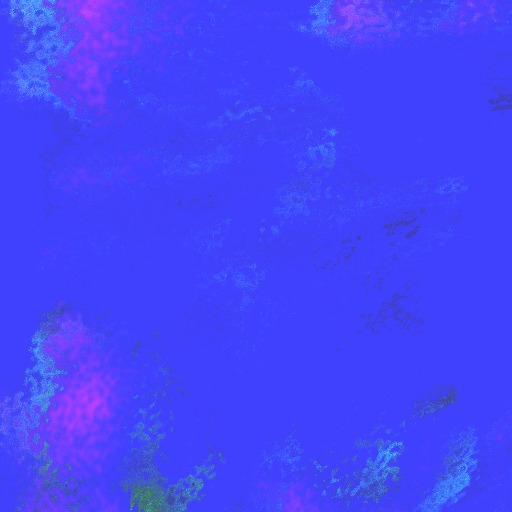
The above side aside, the fun part for me was playing with the trig functions as distorters of the domain essentially. And I do wonder now just why on Earth don’t they illustrate the 4 quadrants better in all those Maths books, not like it’s not possible, have a look (in order, below, the images are obtained with the original colouring scheme, the same scheme only all colours lighetened up a bit; the rgb unit sphere colouring scheme):
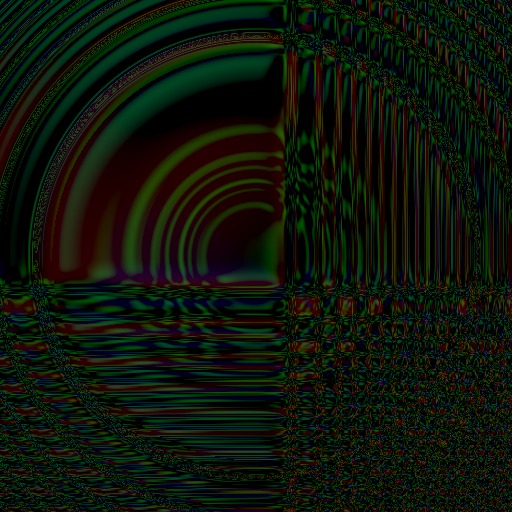
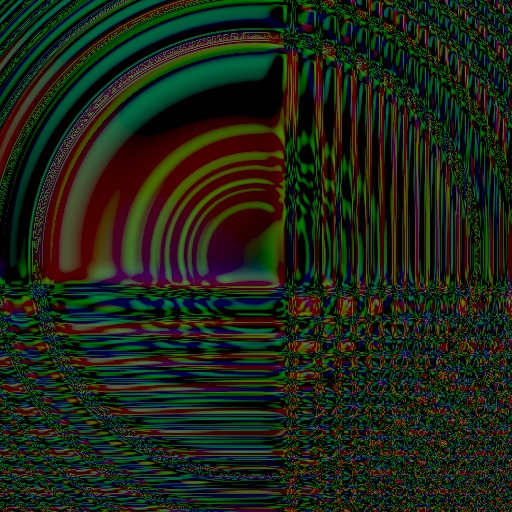
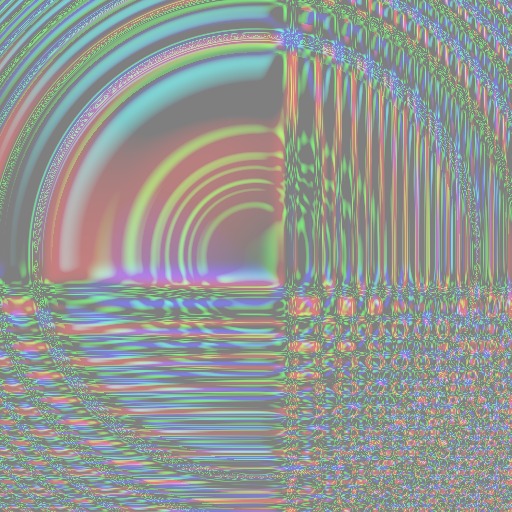
The above obviously pack the sin,cos and tan, all in one so it’s clear that one *can* separate them too, if so desired – though at the cost of losing that cool reflection-effect, heh. Nevertheless, separating the circle part creates basically a vortex that can further get pastel colours this time by use of worley noise instead of perlin noise (ha, did you think the rgb sphere was always good or the only option for pastel colours? nope, it’s not):
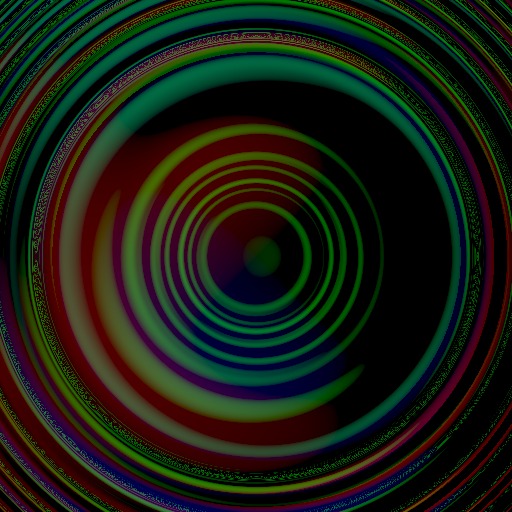
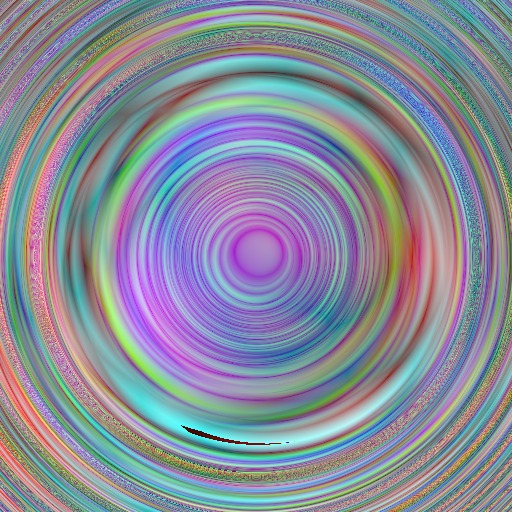
Separating instead the vertical and horizontal threads gets the very illustration of weaving:
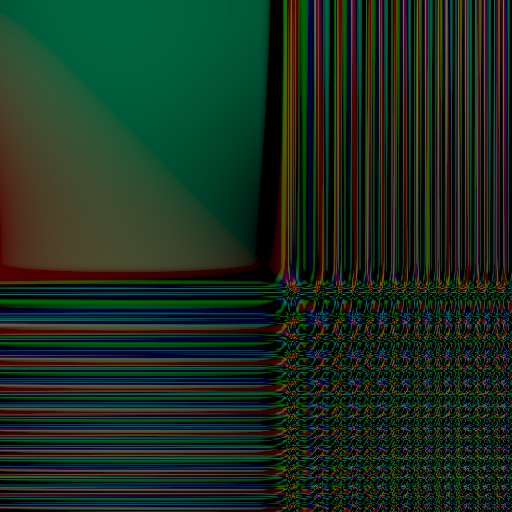
And since we are weaving cloth of sorts and trying it all out, why not make it a rectangular proper patch and get some truly regular patterns on it, too:
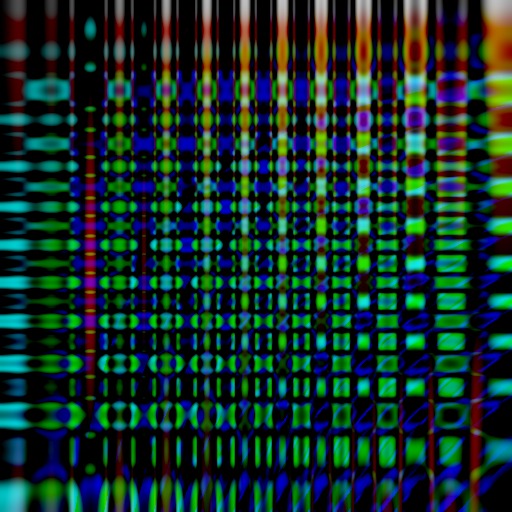
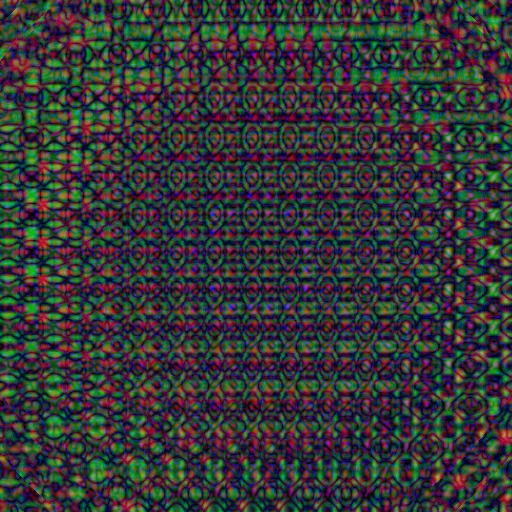
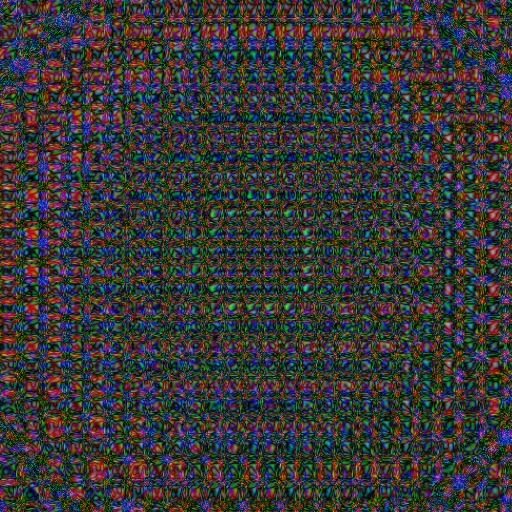
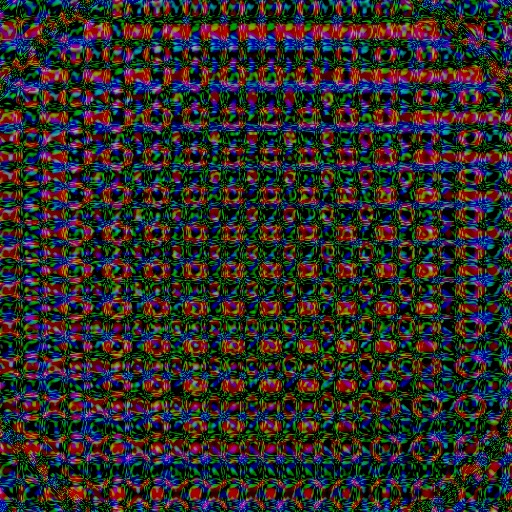
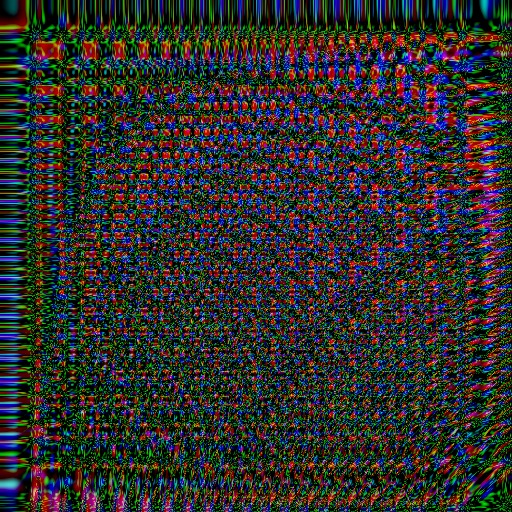
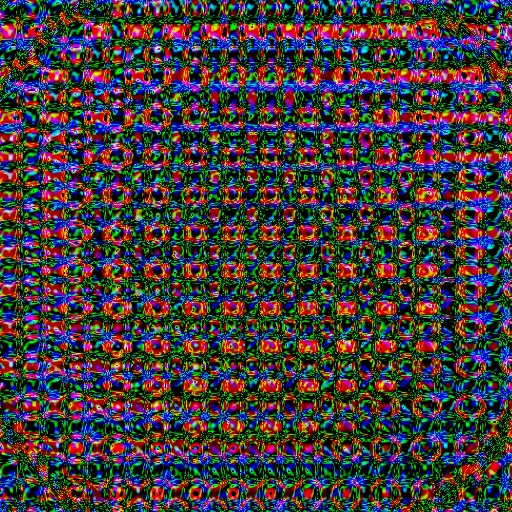
Messing about with the initial domain mapping means that one can turn inside out the four quadrants, of course:
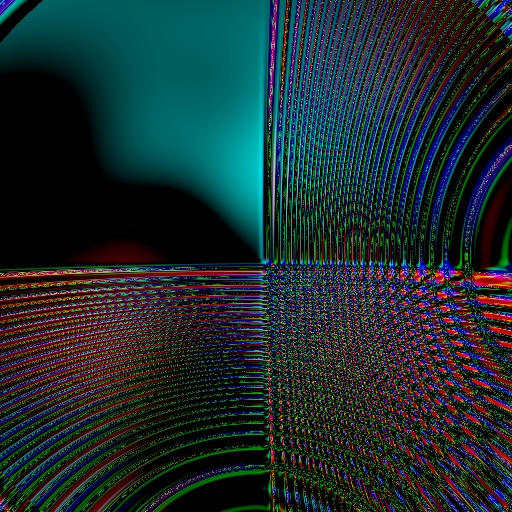
Finally, for all the nostalgy of sine waves, here’s some quite plain and bold sinus let loose:
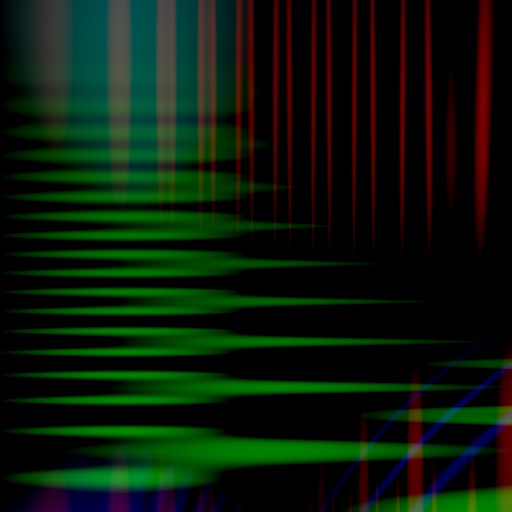
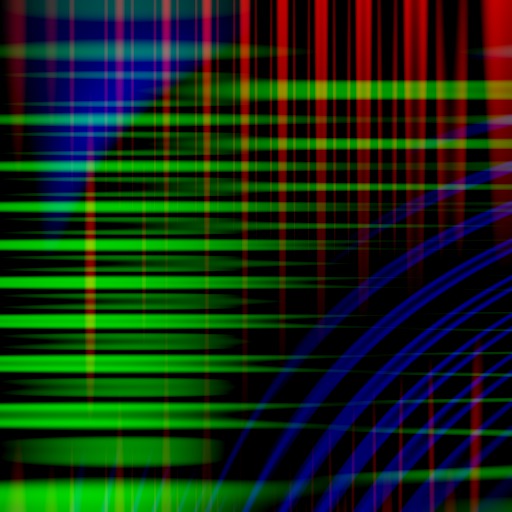
Using two of those turbulence textures as sky this time, the fashion parade wore trigonometry proudly on its skins (and bones):
And with this I am *finally* caught up on the texture sets and it’s good too as I’m clearly starting to shut down the word volume, it’s like I wrote way too much those past few days or something. Anyways, having now all of this in the open should help with getting out that explanation re shapes as well so there’s that at least still pending.
Comments feed: RSS 2.0
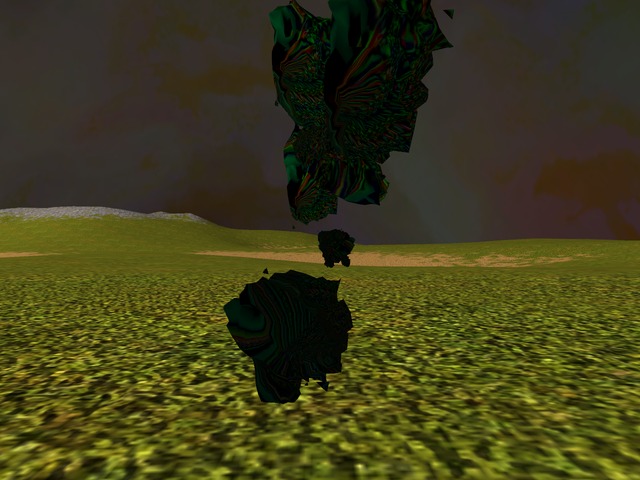
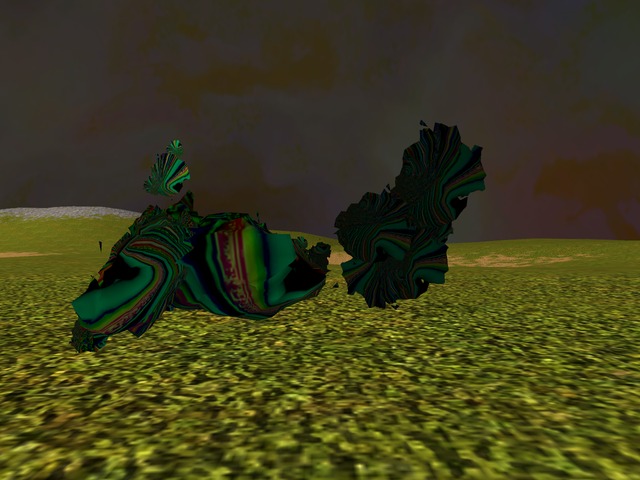
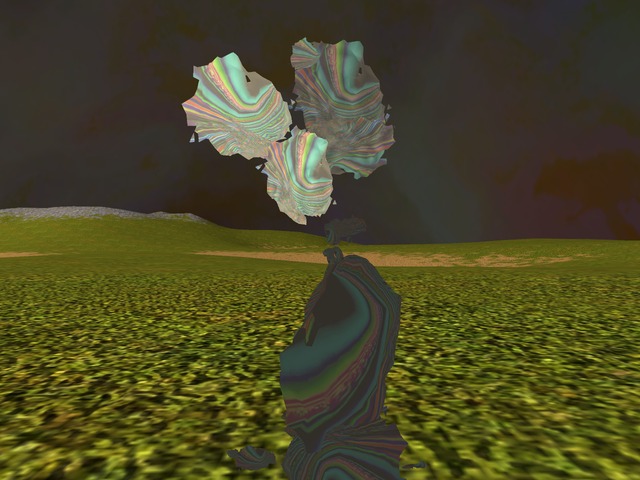

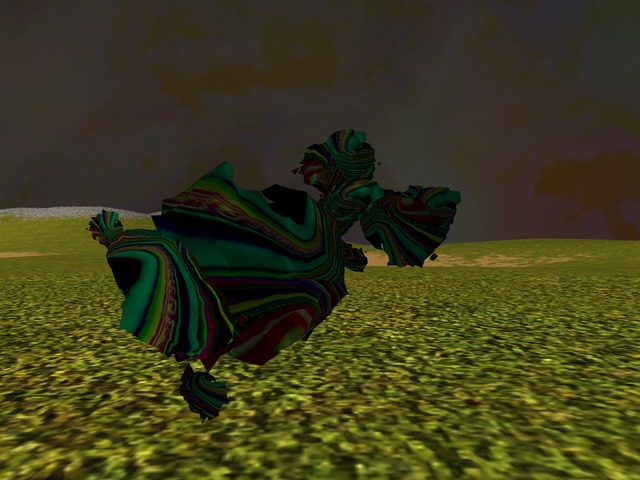
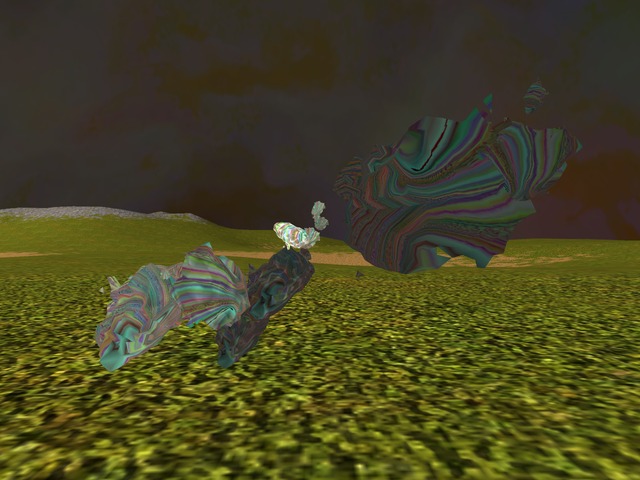

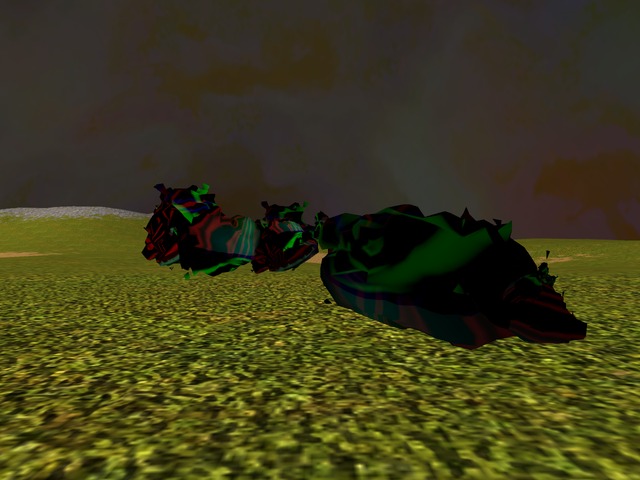
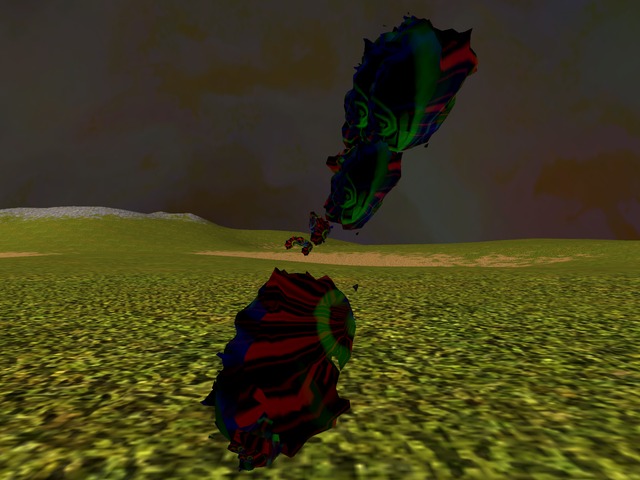
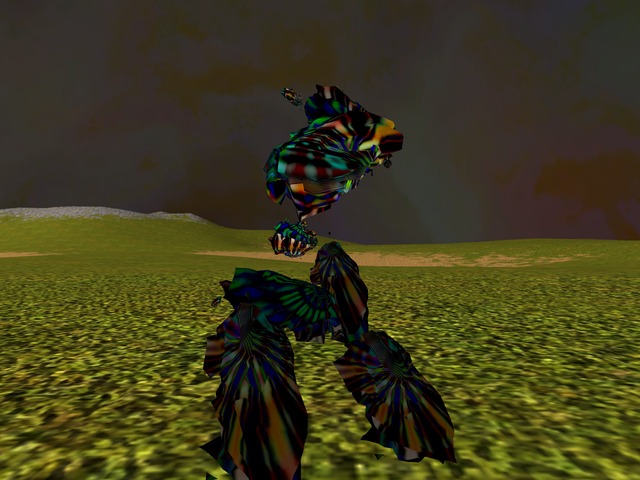

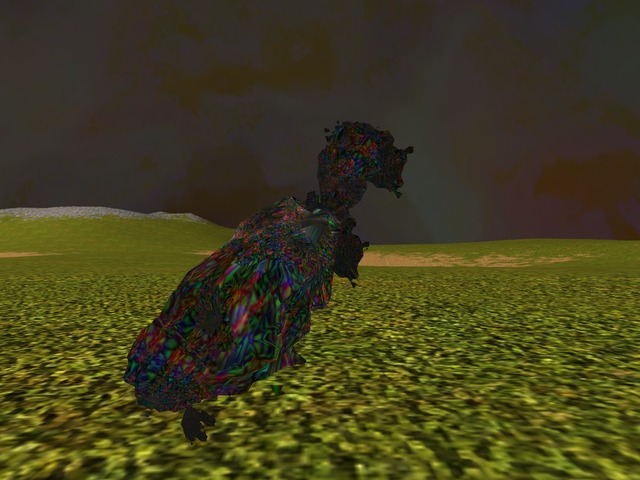
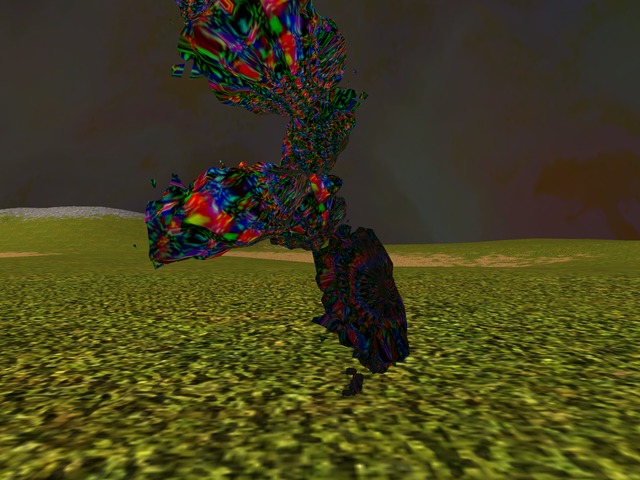
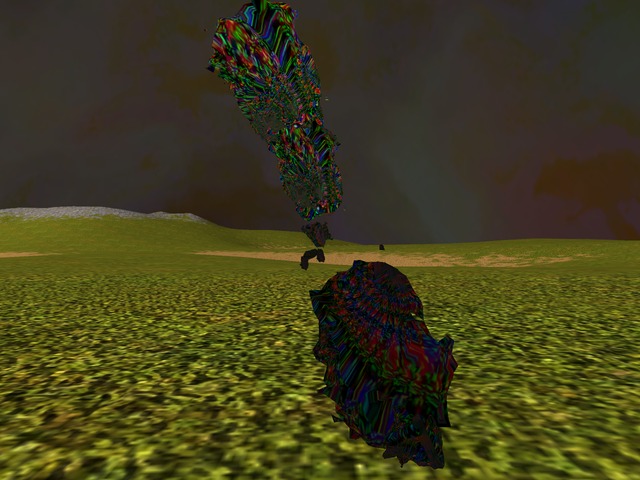
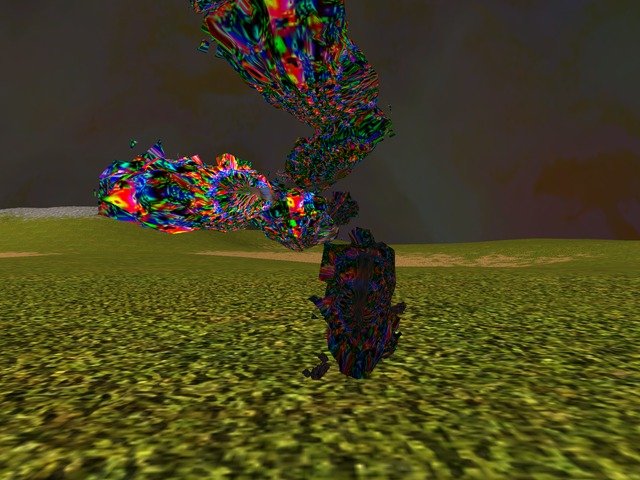
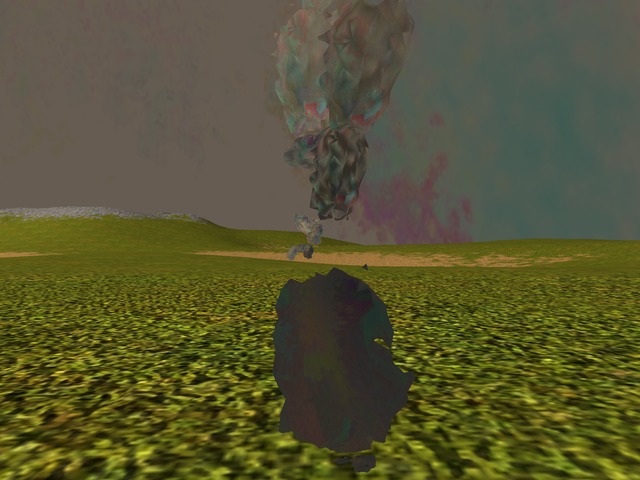


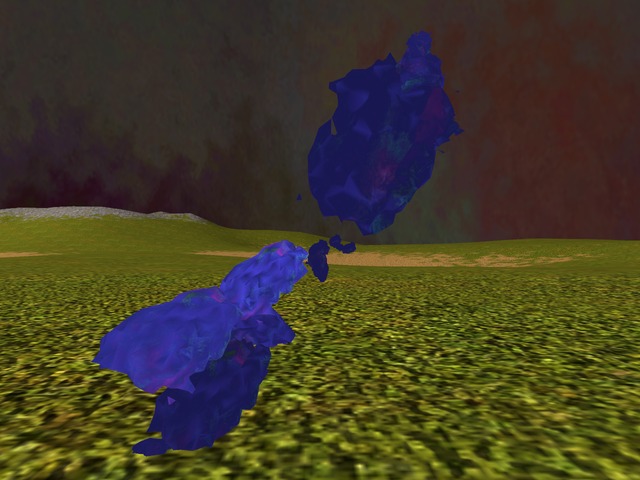
Update: in total contradiction to the very last paragraph of this poor article, my attempt to answer pending questions ended up first of all in… yet another set of textures that I really want at least discussed. So I’ll clearly have to write that first and all this – despite my best intentions to stay away from textures at least until the rest of pending stuff is done!
tex_82_512.jpg, tex_82_512.jpg, tex_60_512.jpg, tex_61_512.jpg, tex_62_512.jpg, tex_63_512.jpg, tex_65_512.jpg, should go on the list for the hopeful gen5 dressings. tex_51_512.jpg is indeed the ideal cover for a highschool trig manual ; that it’s never been used is just testament to how useless people are, by and large. How did they manage to pass on putting the problem on page 65 or thereabouts, “write the functionals defining the textbook cover illustration” is anyone’s guess.
Got the list and I’ll add them. The 82 is repeated in the list – pointing it out just it case it was a 82 and a different one.
The tex_60_512.jpg looks to me surprisingly well in use – it reminds me of those patterns on some butterflies (Monarch, possibly).
I think I accidentallied it twice, wasn’t another one. And yeah, I think the grid thingy may well end up explored further downstream, it’s surprisingly natural-looking for how dry it actually is.
It’s also remarkable, in the end, just how anti-Neuman this whole thing is. “Make it look like it was done” heh.
[…] I left the generator code alone for a few days and did instead all the writing of textures and then some more writing and different code and new textures and even various other code tidy ups […]
[…] http://ossasepia.com/2020/05/15/fashionable-hopefuls-illustrated-trigonometry-with-a-side-of-turbule… << Ossa Sepia — Fashionable Hopefuls: Illustrated Trigonometry with a Side of Turbulence […]
[…] made by now a full graphics generator that produces everything, from textures to meshes and full animations too1, I can also finally get out of the existing swamp of data […]
[…] and complex polynomials on top of everything else, I itch of course to give it a spin with the old style textures too. The only trouble is that such spin is not yet quite available: there’s a bit more to implement […]